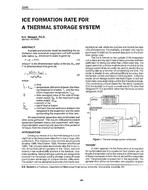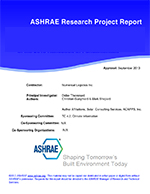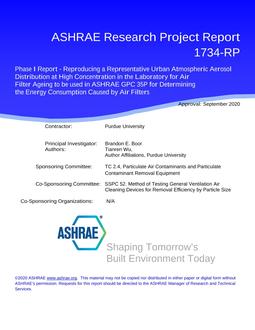Click here to purchase
In future building regulations, building performance is going to be extended to global performance, including indoor air quality (IAQ). In the energy performance (EP) field, successive regulations pushed for a “performance-based” approach, based on an energy consumption requirement at the design stage. Nevertheless, ventilation regulations throughout the world are still mostly based on prescriptive approaches, setting airflows requirements. A performance-based approach for ventilation would insure that ventilation airflows are designed to avoid risks for occupant’s health. An extensive review work combined with complementary analysis allows us to come up with the development of a performance-based approach for house ventilation to be used at the design stage in a calculation. We select the use of five relevant IAQ performance indicators, based on CO2, formaldehyde and PM2.5 exposures, and RH-based indicators assessing both condensation and health risks. We propose also pollutant emission data and occupancy schedules to be used. Importantly, we demonstrate that our proposed performance-based method was applicable, applying it to a low-energy house case study. We assume being at the design stage of a house which should comply with a hypothetical regulation, requiring IAQ performance indicators and associated thresholds.
Citation: IAQ 2020: Indoor Environmental Quality
Product Details
- Published:
- 2021
- Number of Pages:
- 8
- File Size:
- 1 file
- Product Code(s):
- D-IAQ2020-C17
- Note:
- This product is unavailable in Belarus, Russia


